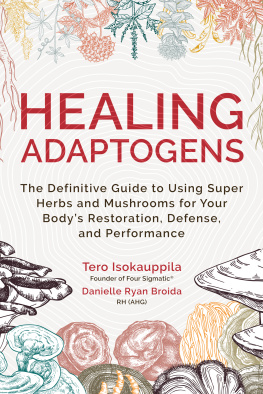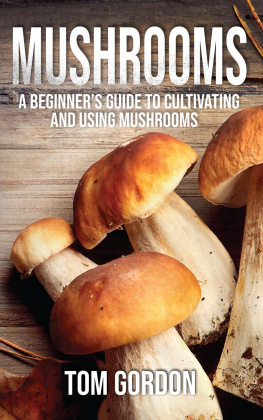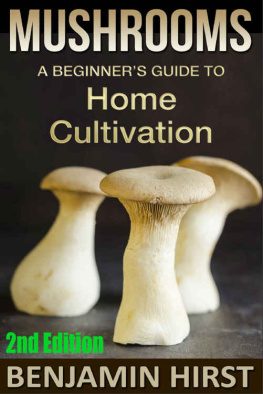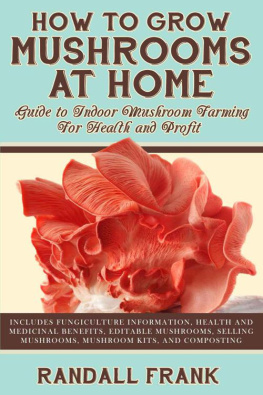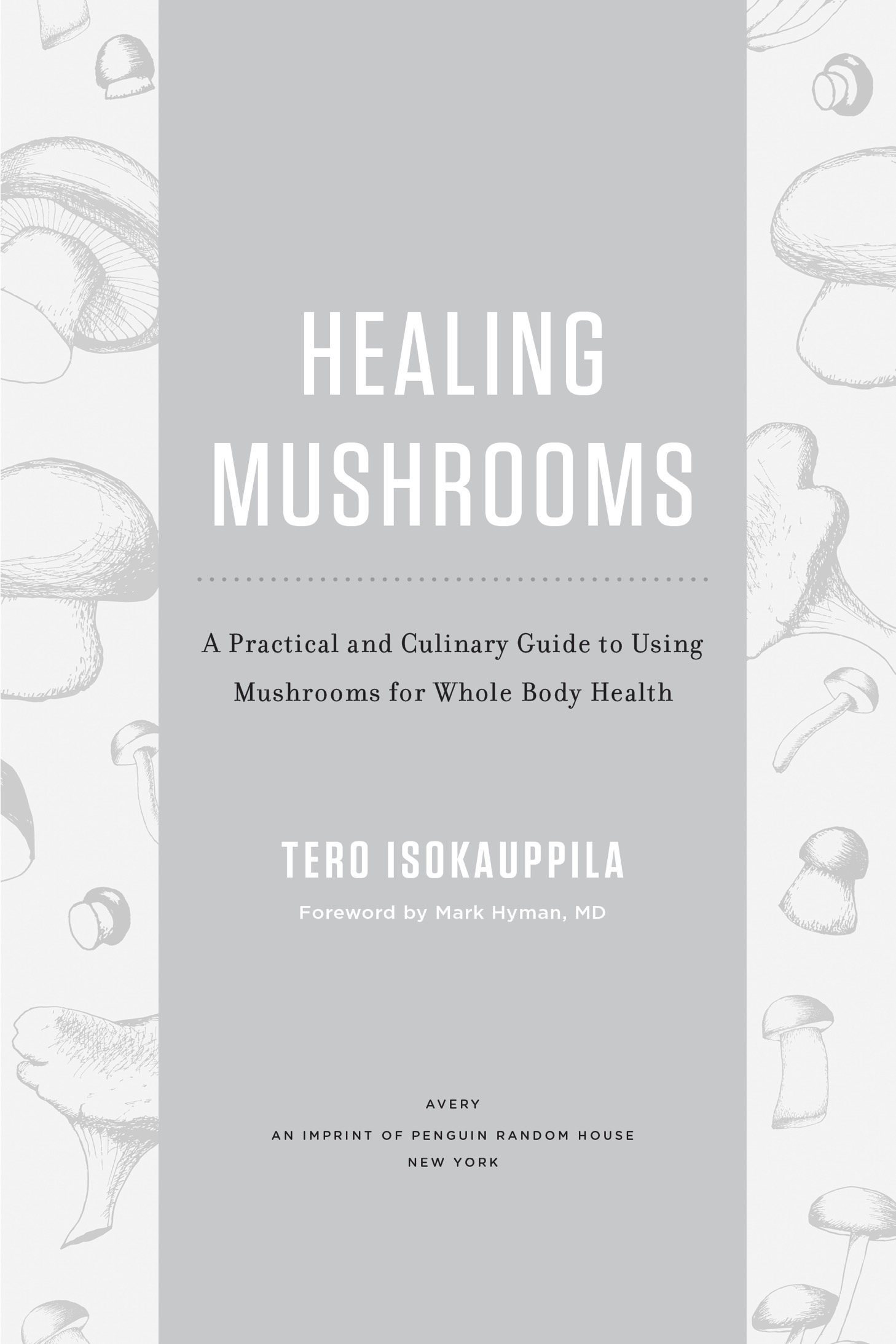Copyright 2017 Four Sigma Foods, Inc.
Penguin supports copyright. Copyright fuels creativity, encourages diverse voices, promotes free speech, and creates a vibrant culture. Thank you for buying an authorized edition of this book and for complying with copyright laws by not reproducing, scanning, or distributing any part of it in any form without permission. You are supporting writers and allowing Penguin to continue to publish books for every reader.
Neither the publisher nor the author is engaged in rendering professional advice or services to the individual reader. The ideas, procedures, and suggestions contained in this book are not intended as a substitute for consulting with your physician. All matters regarding your health require medical supervision. Neither the author nor the publisher shall be liable or responsible for any loss or damage allegedly arising from any information or suggestion in this book.
The recipes contained in this book have been created for the ingredients and techniques indicated. The publisher is not responsible for your specific health or allergy needs that may require supervision. Nor is the publisher responsible for any adverse reactions you may have to the recipes contained in the book, whether you follow them as written or modify them to suit your personal dietary needs or tastes.
FOREWORD
My patients are always asking me what my top superfoods are. I realize superfood carries a certain hype, but some foods do earn that status. Food is medicine. And some foods are more potent medicines than others! Food is the most powerful tool to create optimal health. Food is the most powerful drug in my arsenal, and the first I use to treat my patients.
While visiting China, I discovered folks there knew more about foods medicinal properties than I did, even after many years of research. Medicinal foods are a part of their everyday diet, and mushrooms, one of my favorite superfoods, play a huge role in Chinese medicine. These mushrooms, such as reishi, shiitake, maitake, and cordyceps, have such well-known healing powers that they are commonly referred to as functional or medicinal mushrooms. Consuming mushrooms for health benefits like energy, longevity, and immunity is a part of the everyday culture in Chinaunlike in the United States, where most general consumers dont know a portabello from a shiitake. This, however, is about to change.
Top mushrooms like chaga and lions mane are trending right now in the science and medical research communities of the Western worldand its just the beginning. Their antiviral and anti-inflammatory properties hold great potential to combat many of our largest health problems, from cancer to diabetes and from auto-immune diseases to nervous system attacks. Current research shows that functional mushrooms have a myriad of healing properties such as inhibiting cancer cell growth, balancing excess hormones like estrogens via aromatase, and reducing chronic fatigue. And in the coming years, were going to see even more new Western-based research published on the medicinal benefits of mushrooms.
The list of vital nutrients found in mushrooms is extensive. They are an excellent source of nutrients, such as Vitamin D, biotin, pantothenic acid, selenium, copper, and riboflavin. Vitamin D, which an estimated 50 to 75 percent of Americans are deficient in, is linked to improved cardiovascular health, hormonal regulation, and elevated mood. Biotin, or Vitamin B, is known to help with our skin health, nervous system, and digestive tract. Pantothenic acid, or Vitamin B, is often prescribed orally for inflammatory issues such as arthritis and premenstrual syndrome (PMS). Selenium can help regulate thyroid functions, and copper and riboflavin are great aids in natural energy production. With all these benefits packed into one delicate functional fungi, its no wonder many informed people refer to mushrooms as the original superfoods.
As people gain a greater understanding of mushrooms nutritional value, they may still lack the how-to knowledge they need to incorporate them into their daily lives. Enter Tero Isokauppila, a thirteenth-generation Finnish farmer transplanted to Venice, California, and his book, Healing Mushrooms. Here, Tero shares a deep knowledge about the world of mushrooms as well as creative recipes with surprising healing properties that fit todays most common dietary preferences, from vegan to paleo, ketogenic to leaky gut, and everything in between.
While mushrooms are a versatile whole food to cook with, they require special attention to flavor combinations, ingredient preparation, and know-how to ensure their unique healing properties come through in finished dishes. Tero teaches us in a simple and funguy way exactly how to do this. He is both entertaining and illuminating in the way he talks about the power and uses of functional mushrooms. In fact, he is truly the perfect ambassador for the mushroom kingdom.
I drink mushroom tea, cook with mushrooms such as shiitake, and make soups with wild mushrooms. While reading this book, even I was surprised by all the ways we can incorporate these healing superfoods into our daily lives without sacrificing convenience or deliciousness. Cordyceps ice cubes, lions mane lattes, mushroom bacon, and paleo ice cream, anyone?
Read on, and you will never think about consuming mushrooms in the same way again.
Mark Hyman, MD
INTRODUCTION
A FARMING FOUNDATION
I grew up in Finland on a farm that has been in my family for at least thirteen generations. Much of my youth was spent outdoors, learning from and living off the land. That may sound idyllic, and in many ways it was, but my point is not to paint a picture of my childhood as being cut from a Laura Ingalls Wilder book. Rather, I want to illuminate that it was never an option for me to not be dependent on the land on which I lived. To understand how I came to be so invested in mushrooms, how I came to be the funguy I so devotedly am, its necessary to start with my childhood.
As the youngest son in a farming family, I started working basically as soon as I could walk. I cut grass, fed our calves, and could even drive a tractor by the age of five. This may sound like a lot of labor for a child, but such was the norm in farming families. While work itself was a constant guarantee, its nature depended on our daily needs. Sometimes, we spent entire days removing rocks from the landour harvester would get jammed and often break down if we drove over a rock, so the fields needed to be cleared. This had to be done manually, so I would walk the property all day in search of obtrusive rocks to haul off to make way for harvesting. This was maybe my least favorite job, as it was really, really boring. But there were exciting jobs, too, and many days when the work did not feel like actual work at all.


